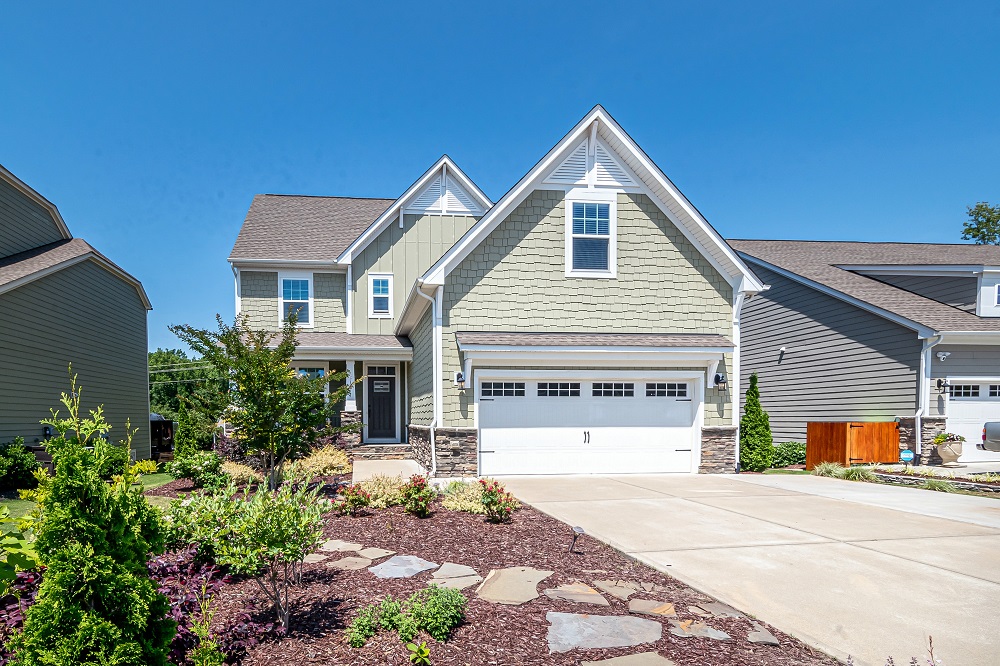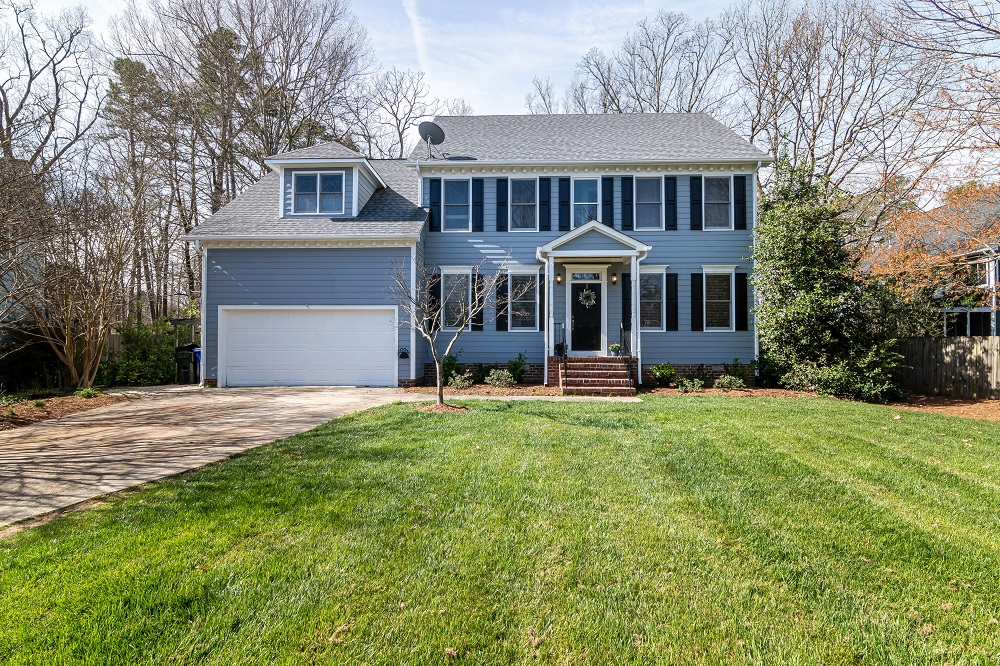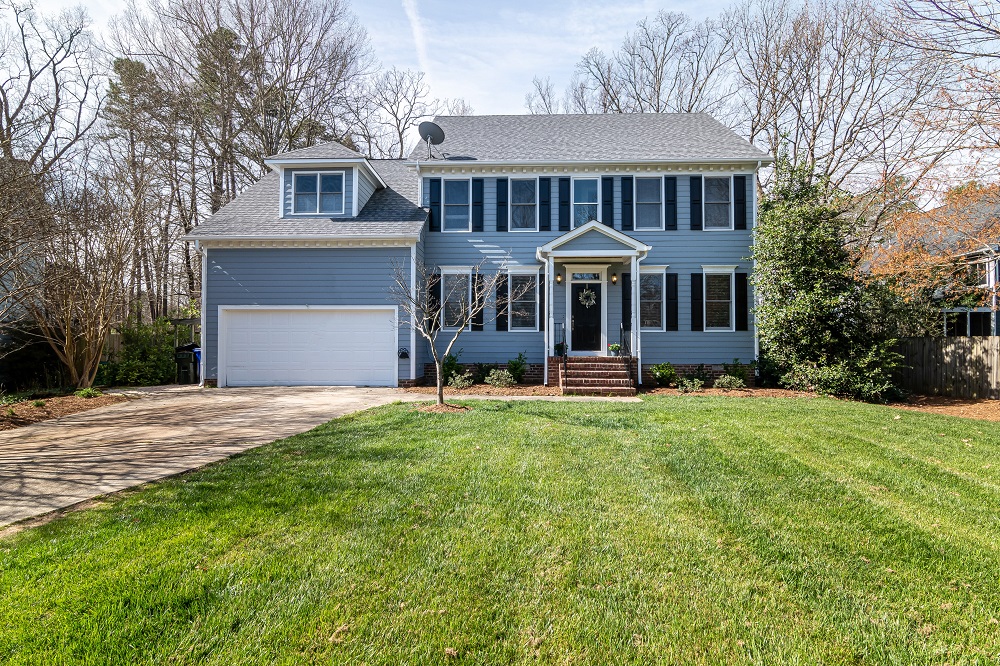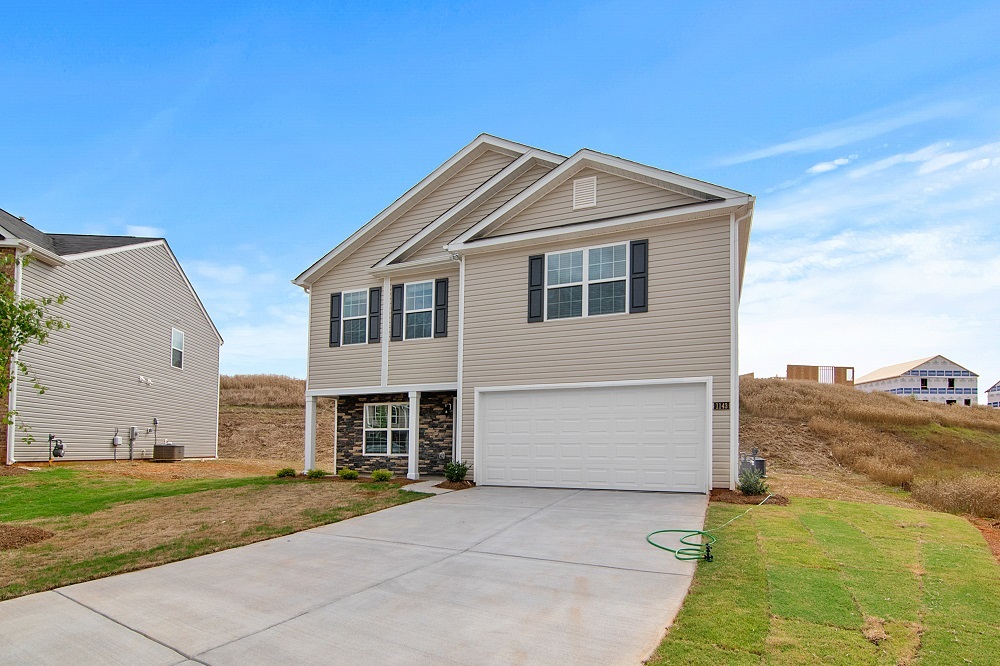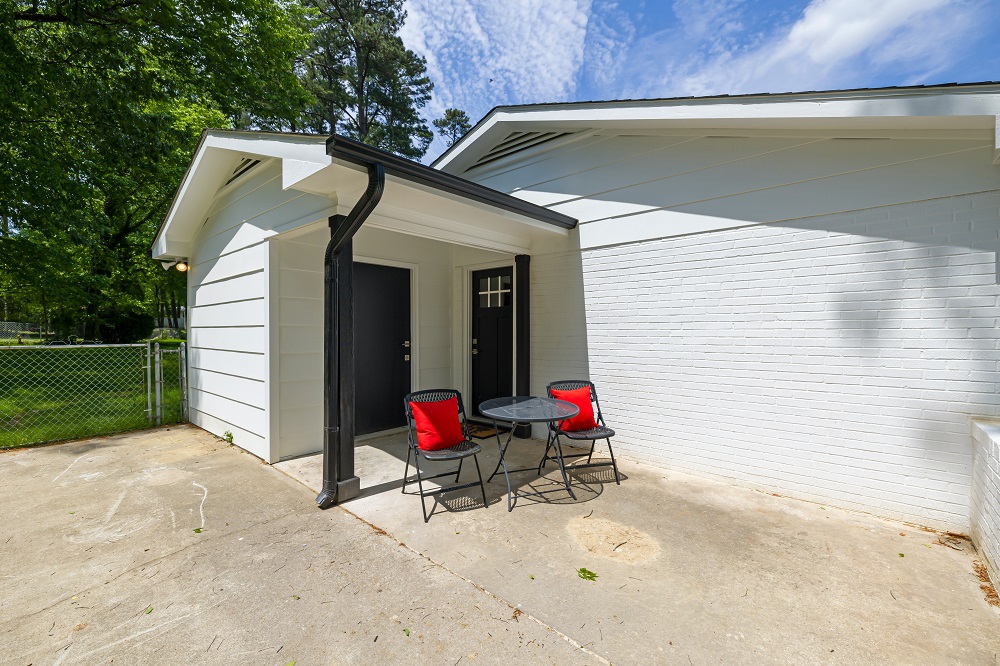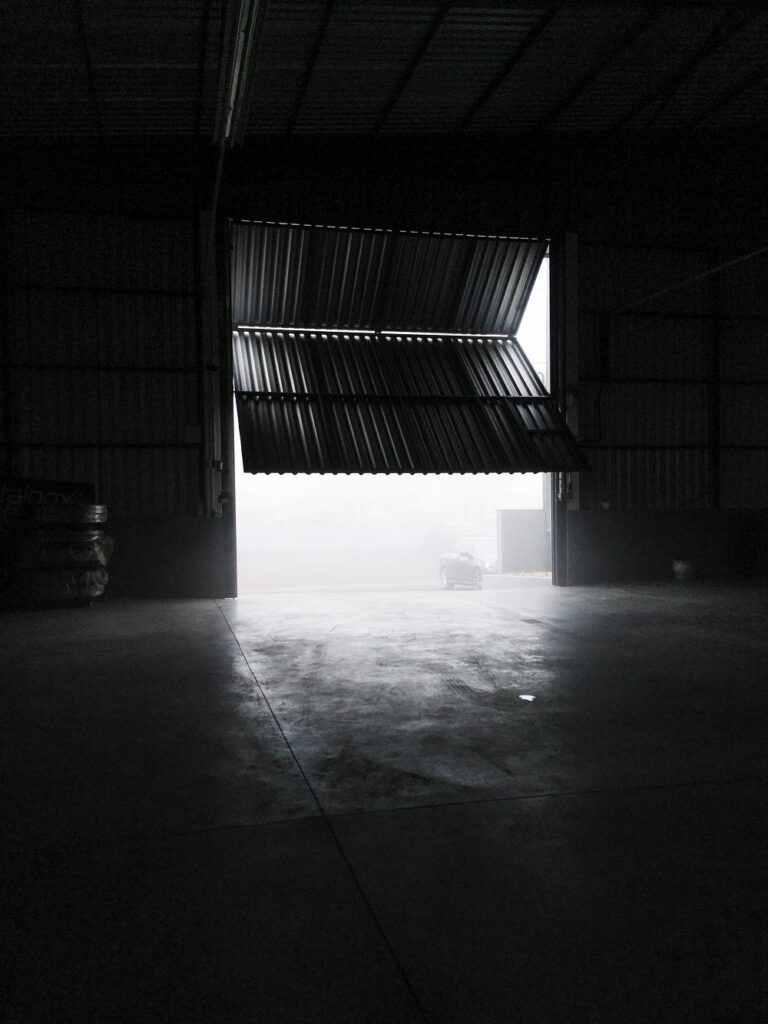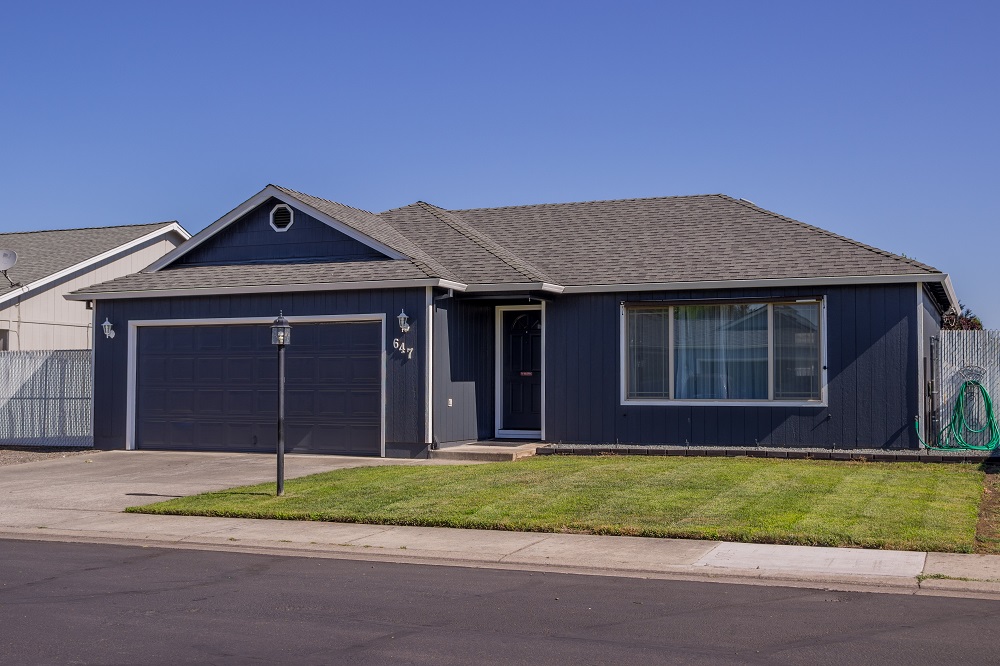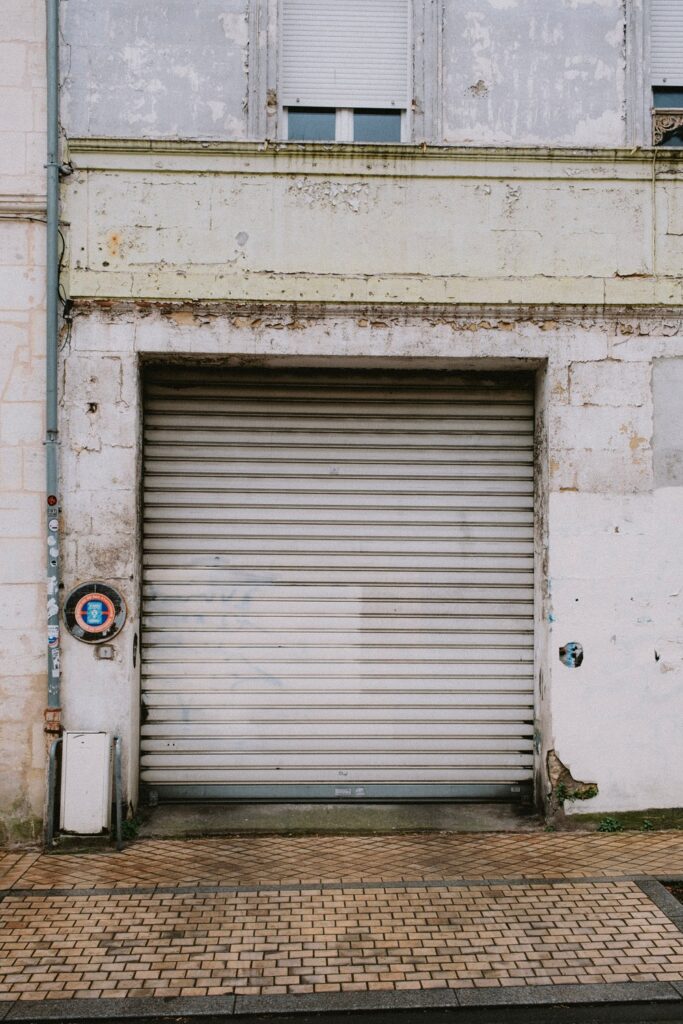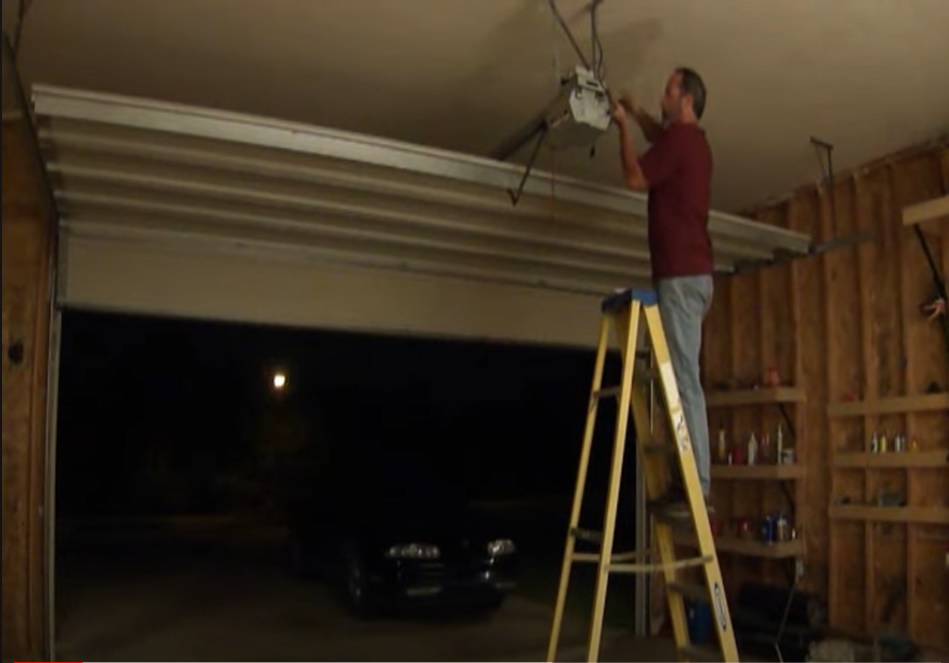
Regular maintenance of your garage door is important to keep it operating smoothly and safely. While some maintenance tasks require the help of a professional, there are several DIY garage door maintenance tips that homeowners can follow to keep their garage doors in good condition. In this article, we will discuss simple DIY garage door maintenance tips that can be performed by homeowners.
1. Clean the Tracks
Over time, dirt and debris can accumulate in the tracks, causing the garage door to operate sluggishly or become stuck. To clean the tracks, use a damp cloth to wipe away any dirt or debris. You can also use a small amount of household cleaner to remove stubborn dirt or grime. Make sure to dry the tracks thoroughly after cleaning.
2. Lubricate the Moving Parts
Lubricating the moving parts of your garage door is an essential maintenance task that can be performed easily by homeowners. Apply a small amount of lubricant, such as WD-40, to the hinges, rollers, springs, and other moving parts of the garage door. This will keep the door operating smoothly and quietly and prevent wear and tear.
3. Check and Replace Weatherstripping
Weatherstripping is the rubber or vinyl seal that runs along the bottom and sides of the garage door to prevent drafts, dirt, and insects from entering the garage. Over time, weatherstripping can become brittle and crack, allowing drafts and pests to enter the garage. To check the weatherstripping, close the garage door and inspect the seal for any signs of damage. If you notice any cracks or damage, replace the weatherstripping.
4. Tighten Loose Hardware
The hardware on your garage door, such as bolts, nuts, and screws, can become loose over time, causing the door to rattle or operate poorly. Use a socket wrench or adjustable wrench to tighten any loose hardware, such as nuts and bolts. You should also inspect the hinges for any signs of wear or damage and replace them if necessary.
5. Test Safety Features
Modern garage doors come equipped with safety features such as automatic reverse mechanisms that stop the door from closing if it encounters an obstacle. Testing these safety features regularly is essential to ensure that they are working correctly. To test the safety features, place an object such as a roll of paper towels under the door and close the door. The door should stop and reverse when it encounters the object.
6. Clean and Paint the Door
Cleaning the garage door regularly can help prevent rust and keep it looking new. Use a mild detergent and water to clean the door thoroughly, then rinse with a hose. If the door is metal, you can also paint it with a rust-inhibiting paint to prevent rust from forming.
7. Check and Adjust the Door Balance
A garage door that is out of balance can cause the door to become noisy and wear out faster. To check the balance, close the door and disconnect the automatic opener. Then, lift the door manually about halfway up and release it. The door should stay in place or slowly lower. If the door falls quickly or rises, it may be out of balance and require adjustment. You can adjust the door balance by adjusting the spring tension.
DIY garage door maintenance can help keep your garage door operating smoothly and safely. Cleaning the tracks, lubricating the moving parts, checking and replacing weatherstripping, tightening loose hardware, testing safety features, cleaning and painting the door, and checking and adjusting the door balance are some simple DIY maintenance tasks that can be performed by homeowners. However, if you notice any significant wear or damage or have concerns about your garage door’s safety, it’s essential to consult a professional garage door technician.

